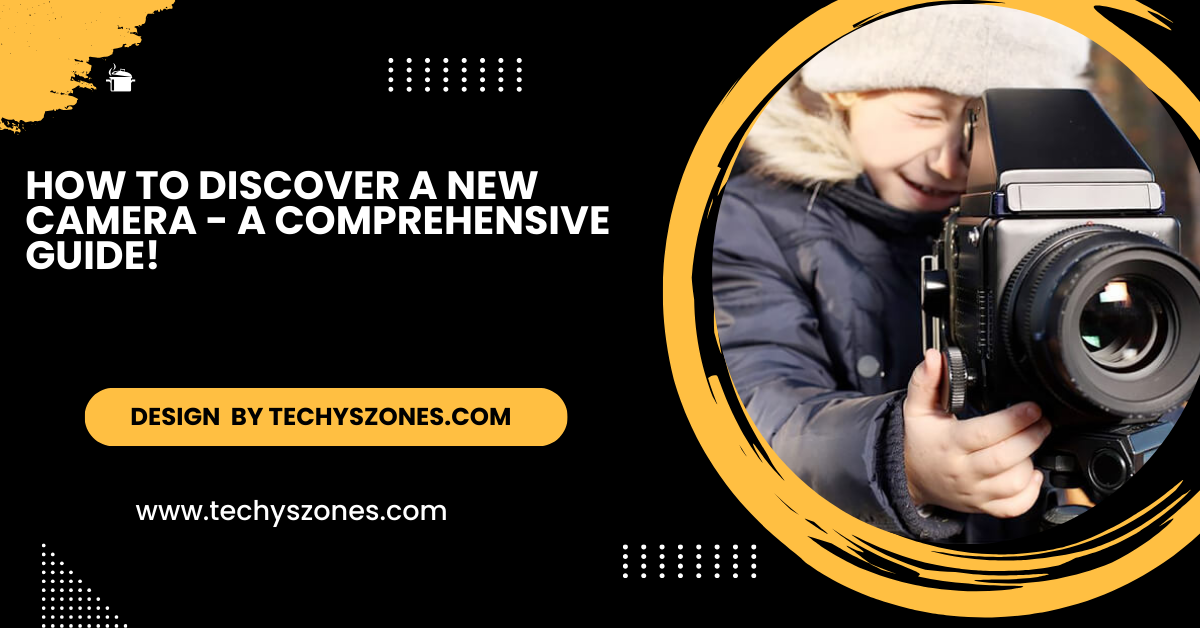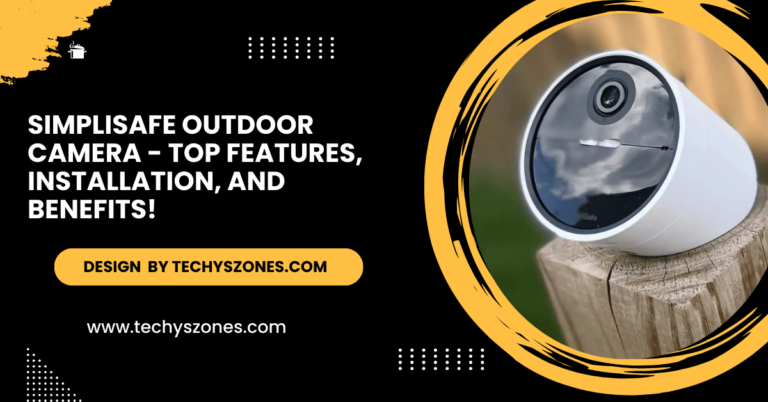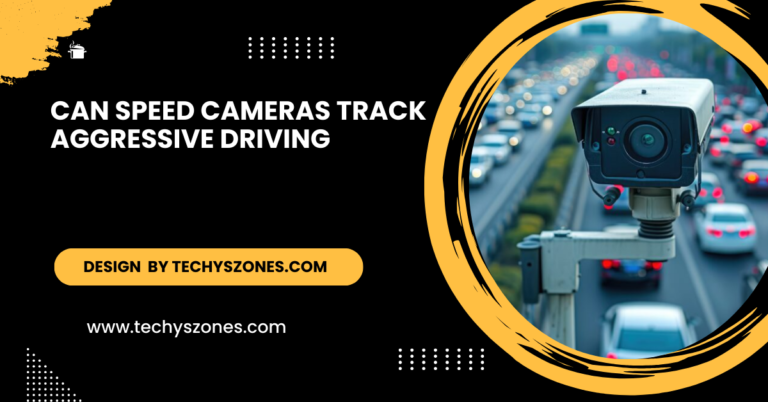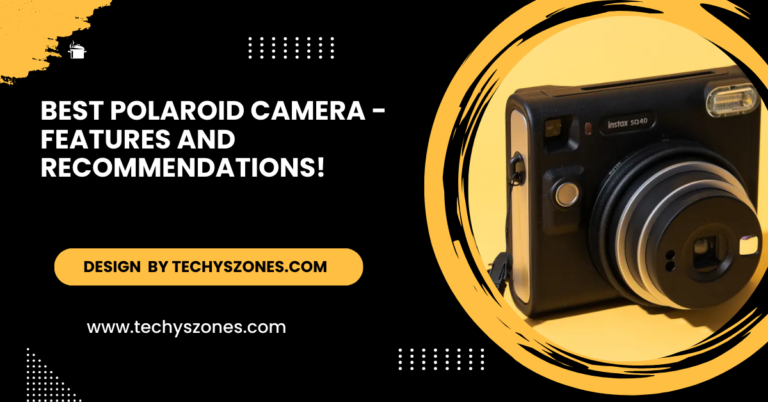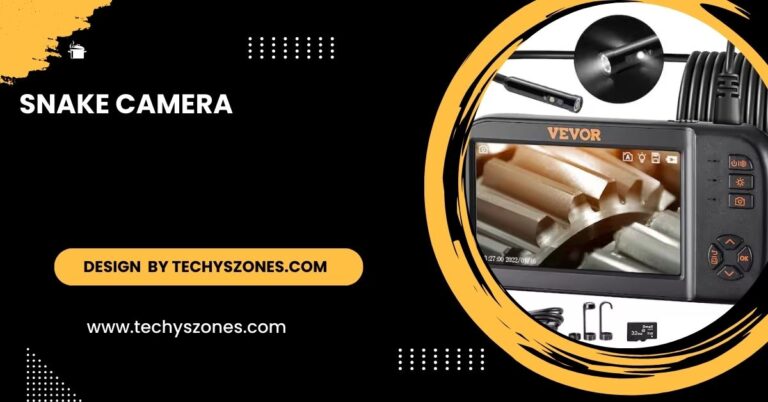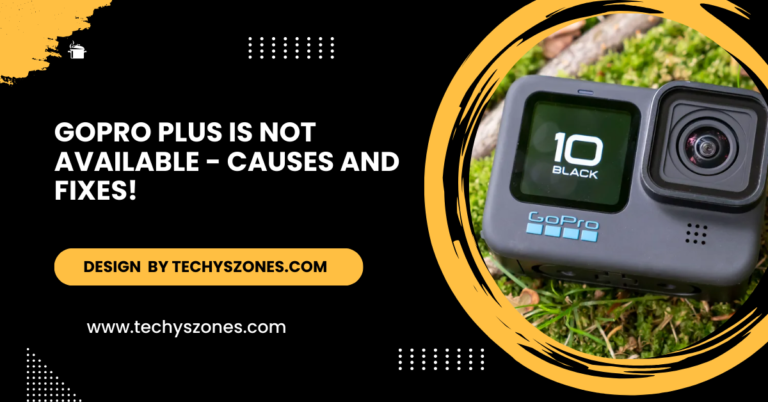How To Discover A New Camera – A Comprehensive Guide!
Consider options like point-and-shoot for ease of use, mirrorless for versatility and portability, DSLRs for high-quality images, and action cameras for rugged environments.
In this article, we’ll explore how to find the perfect camera for your needs. With so many options available, it’s crucial to understand your photography goals, compare different camera types, and consider essential features. Whether you’re capturing family memories or pursuing professional photography, this guide will help you navigate the choices and make an informed decision.
Identify Your Photography Needs:

Before you start exploring camera options, take a moment to clarify your photography objectives. Ask yourself these important questions:
What types of subjects will you be photographing?
Think about whether your focus will be on capturing portraits, landscapes, wildlife, or special events for your photography projects.
How do you intend to use the camera?
Think about whether you’ll be sharing images on social media, printing them, or using them for professional purposes.
Also Read: Camera Brands List – A Complete Guide to the Best Camera Brands!
What is your skill level in photography?
Are you just starting your photography journey, or do you already have significant experience in capturing images and utilizing equipment?
By understanding your main photography goals, you can better select a camera type that fits your needs, whether it’s a compact point-and-shoot, a versatile mirrorless camera, or a high-quality DSLR. For example, if landscapes are your primary focus, you should opt for a camera that offers high resolution and excellent dynamic range.
Research Camera Types:
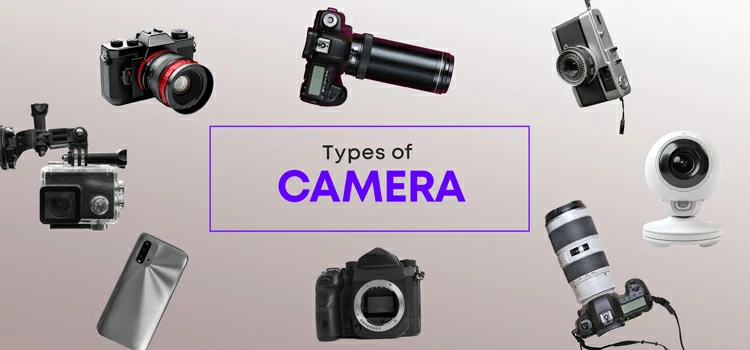
Once you’ve clarified your needs, familiarize yourself with the different camera types available:
- Point-and-Shoot Cameras: Compact and user-friendly, ideal for beginners who want to capture everyday moments without complex settings.
- Mirrorless Cameras: Lightweight with interchangeable lenses, offering advanced features while maintaining portability. These cameras are popular among enthusiasts and professionals.
- DSLR Cameras: Larger and heavier but offer excellent image quality, manual controls, and a wide variety of lenses. They are favored by serious photographers for their versatility.
- Action Cameras: Designed for adventure and outdoor activities, these cameras are rugged and compact, suitable for capturing high-quality video and photos in extreme conditions, such as GoPro.
Each type has its advantages and best-use scenarios, so research which aligns with your needs. Websites like DPReview and CNET provide extensive reviews and comparisons to help you understand the pros and cons of each type.
Read Reviews and Compare Models:
Once you’ve narrowed down your options, read user reviews and expert opinions to gain insights into the performance of specific models. Look for:
- Image Quality: Assess factors like low-light performance, dynamic range, and color accuracy. High-resolution sensors tend to produce sharper images.
- Ease of Use: Check for intuitive menus, controls, and the learning curve associated with different models. A user-friendly interface can significantly enhance your photography experience.
- Battery Life: Consider how long the camera lasts on a single charge, especially if you plan to use it for long shooting sessions.
- Durability: Evaluate if the camera can withstand outdoor conditions, including weather resistance for photography in challenging environments.
Websites like TechRadar and Photography Blog offer comprehensive reviews and comparisons that can further inform your decision.
Visit Local Camera Stores:
While online research is helpful, nothing beats the hands-on experience of visiting a local camera store. Here, you can:
- Test Cameras: Handle different models to see how they feel in your hands, which can help you gauge weight and ergonomics.
- Ask for Recommendations: Speak with knowledgeable staff who can provide personalized advice based on your needs and preferences.
- Check for Bundles: Look for packages that may include essential accessories like lenses, bags, and memory cards. Many stores offer seasonal sales and discounts, making it a good time to shop.
Supporting local businesses not only enhances your shopping experience but also helps build community connections.
Also Read: What Does Wiz Mean Cameras – Best Features of WIZ in 2024!
Consider Your Budget:
Cameras come in a wide range of prices, so it’s crucial to set a budget. Keep in mind:
- Camera Body Cost: The price of the camera itself, which can vary widely depending on features and brand.
- Lenses: Depending on your photography style, additional lenses might be necessary. Investing in a good lens can significantly improve your photography.
- Accessories: Don’t forget to budget for essential items like memory cards, camera bags, tripods, and external flashes. Accessories can enhance your shooting experience and provide additional protection for your gear.
Setting a budget will help narrow down your options and prevent overspending. Don’t forget to factor in future purchases, as photography gear can often require additional investments over time.
Make Your Purchase:
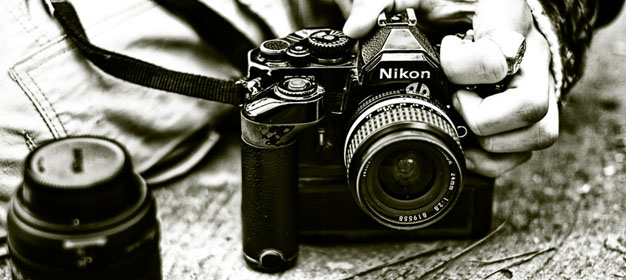
After thorough research, visiting stores, and considering your budget, it’s time to make your purchase. Whether you choose to buy online or in-store, ensure you’re getting a good warranty or return policy in case the camera doesn’t meet your expectations. A warranty can provide peace of mind, especially for more expensive purchases.
Post-Purchase Considerations:
After acquiring your new camera, consider the following tips to ensure you get the most out of your investment:
- Take a Course: Many local community colleges and online platforms offer photography courses. Learning how to use your camera effectively can improve your skills and confidence.
- Join Photography Communities: Engage with local or online photography groups. These communities often provide valuable feedback and inspiration, and members may share tips and tricks.
- Practice Regularly: The best way to learn photography is through practice. Experiment with different settings and environments to develop your style and technique.
FAQs
1. What should I consider before choosing a camera?
Before selecting a camera, identify your photography goals, such as what you’ll be photographing (portraits, landscapes, etc.), how you’ll use the camera, and your experience level.
2. What are the main types of cameras available?
The main types include point-and-shoot cameras (compact and user-friendly), mirrorless cameras (lightweight with interchangeable lenses), DSLR cameras (versatile with excellent image quality), and action cameras (rugged and suitable for extreme conditions).
3. How can I find reliable reviews for specific camera models?
Look for reviews on trusted photography websites like DPReview, CNET, and TechRadar, where you can assess image quality, ease of use, battery life, and durability.
4. Why is it beneficial to visit local camera stores?
Visiting local camera stores allows you to handle different models, seek personalized advice from knowledgeable staff, and check for camera bundles that may include essential accessories.
5. What additional expenses should I consider when buying a camera?
Besides the camera body, budget for lenses, accessories like memory cards and camera bags, and potential future upgrades, as photography often requires ongoing investments.
Conclusion:
In conclusion, selecting the right camera involves understanding your photography goals, researching different types, and reading reviews. Visiting local camera stores allows for hands-on experience, helping you make an informed decision. Finally, consider your budget, including additional costs for lenses and accessories, to ensure a fulfilling photography journey that meets your needs.

